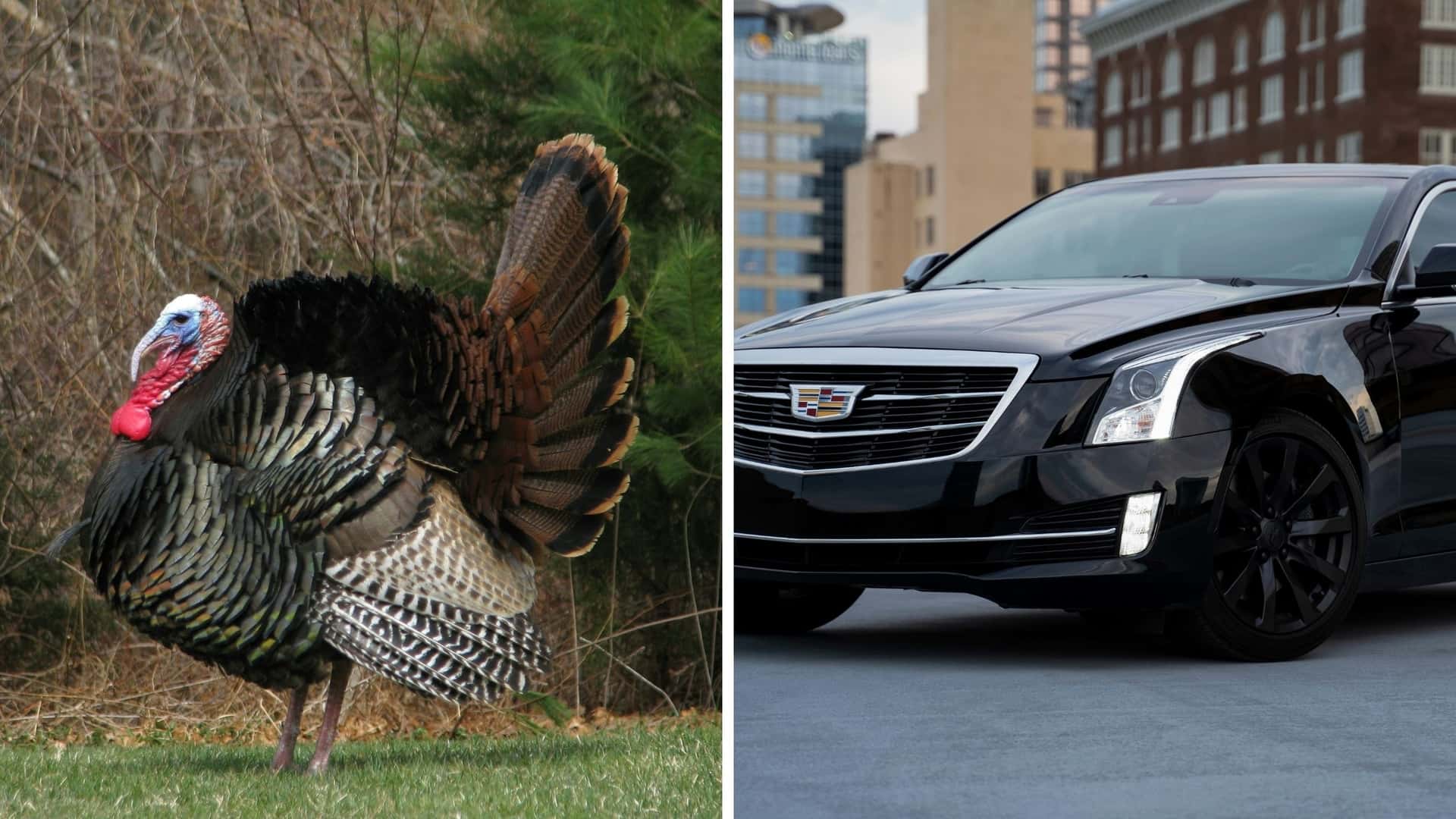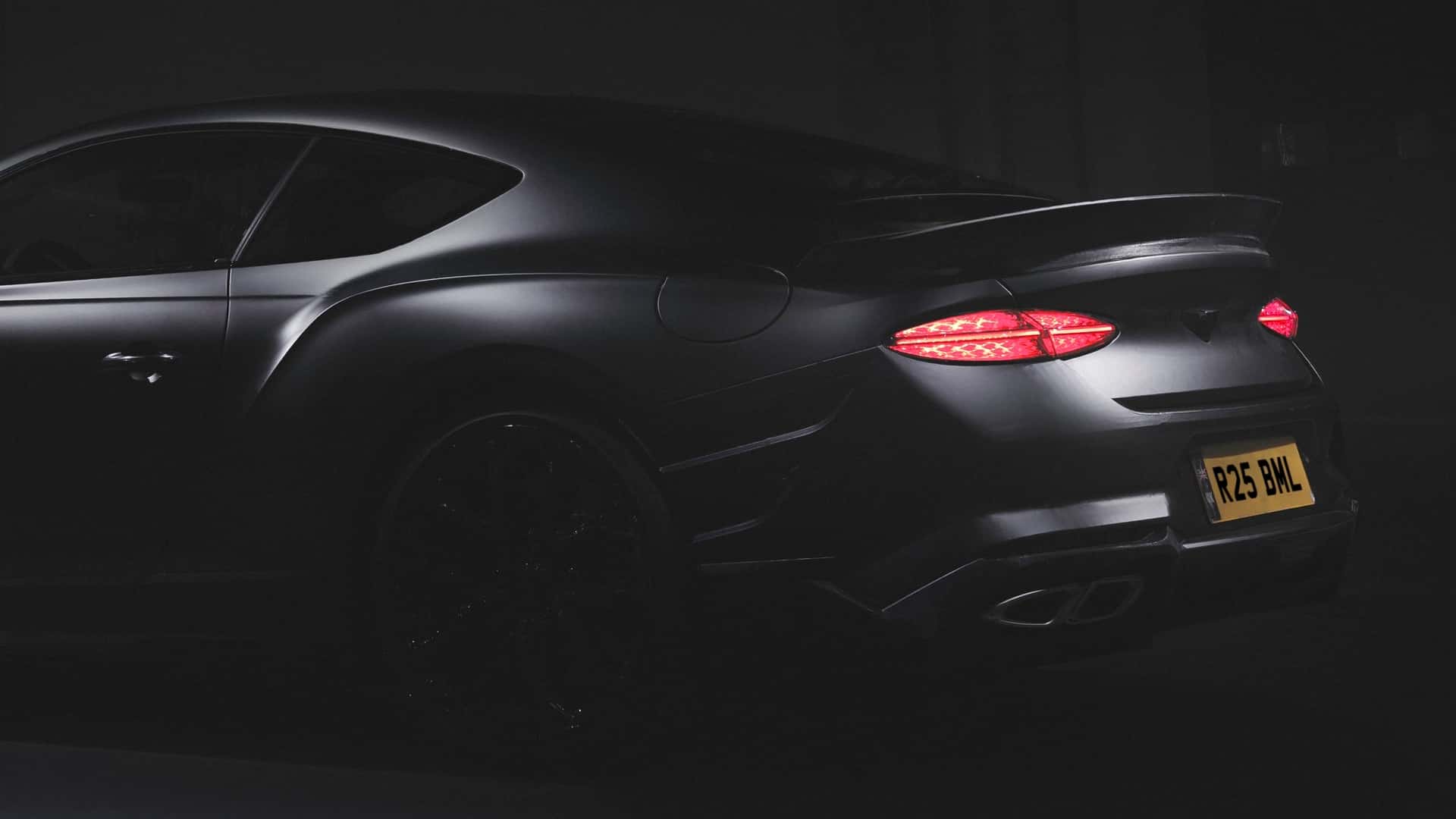The First Turbocharged Muscle Car Is Now A Collector’s Bargain
In the mid-20th century, auto manufacturers were looking for the next big idea in order to compete with the growing import market, which was flooding the American streets with small, fuel-efficient vehicles that were cheap and fun to drive, including the VW Beetle and Mini Cooper. While turbocharging wasn't a new concept in terms of engine building, it was fairly foreign to the car market, with a few past examples toying with early versions of turbo derived from aircraft engines of the time.
Arguably the first name to bring the concept to the mainstream market was an American automaker with a history of, well, making history. Oldsmobile, a name some younger enthusiasts may not be too familiar with, is behind some of the industry's most pivotal models, like the Cutlass 442, Rocket 88, and Tornado. However, they also were the first brand to integrate turbocharging into a muscle car. Let's take a look at the trailblazing model!
In order to give you the most up-to-date and accurate information possible, the data used to compile this article was sourced from various manufacturers and other authoritative sources, Classic.com, Hemmings, J.D. Power, and Hagerty.

Surprisingly-Cheap-Oldsmobiles-Available-On-The-Used-Market-Today
10 Surprisingly Cheap Oldsmobiles Available On The Used Market Today
Here are some classic rides that are definitely not your father's Oldsmobile, because they are cool and affordable.
The 1962-1963 Oldsmobile Jetfire Was The First Muscle Car To Incorporate Turbocharging
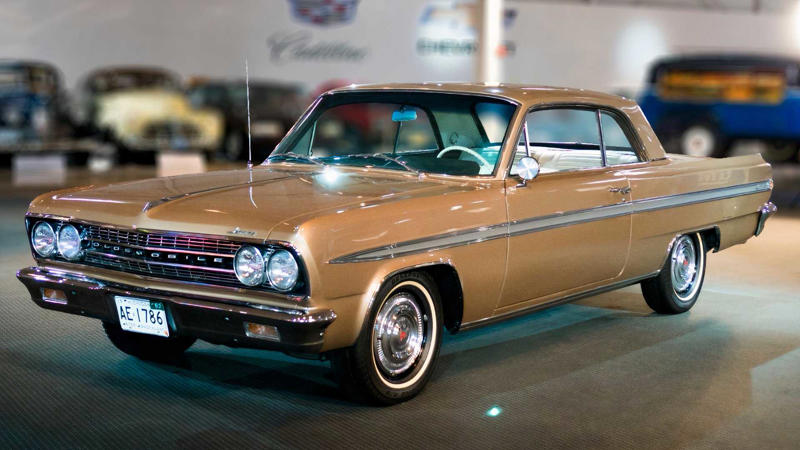
3/4 front view of 1963 Oldsmobile Jetfire
Built on the same F-85 platform underpinning the Cutlass, the Oldsmobile Jetfire was a unique model with a few distinguishing aspects that set it apart from the swanky luxury model, including the lack of fixed door frames and B-pillars, as well as a few cosmetic elements that were subtle, yet defining. The most intriguing aspect of the Jetfire, which came onto the market in 1961 for the 1962 model year, was the engine, or rather, its turbocharged assistant. The 1962 Oldsmobile Jetfire featured an integrated turbo-boost system that increased the performance of the V-8 "Rockette" found in the Cutlass.
1963 Oldsmobile Jetfire Specs
Engine | Turbocharged 3.5-Liter (215 cid) V-8 |
Horsepower | 215 |
Torque | 300 Lb.-Ft. |
Transmission | 3- or 4-Speed Manual or 4-Speed Auto |
Driveline | RWD |
0-60 MPH | 8.5 Seconds |
Top Speed | 107 MPH |
1/4 Mile | 16.8 Seconds |
A turbocharger is essentially a shaft with turbine impellers at each end. As exhaust pressure is directed against one impeller, it begins to spin, while the other impeller draws in air and sends it into the intake manifold via centrifugal force. This process boosts air pressure and basically force-feeds the fuel-air mixture into the engine for better combustion. As mentioned, this wasn't a new concept, though it broke ground in the auto world when it was introduced in 1961 on the Olds Jetfire.
The Purpose Of Turbocharging The Jetfire
The influx of imports with better fuel efficiency was rapidly overpowering the American auto landscape, which primarily consisted of heavy cars with big, thirsty V-8s and very poor fuel economy. On top of that, the lack of driving excitement and performance, both aspects that were a growing demand in the 1960s, were almost completely absent from a majority of the American line-up. The remedy, at least in GM/Oldsmobile's eyes, was to improve their blueprint instead of starting from scratch, which led to the Oldsmobile engineering team modifying the V-8 "Rockette" engine with the help of Garrett AiResearch, a now iconic name in turbo development.
A Garrett TO-3 turbocharger was integrated on to the 215 cid V-8, which made 155 to 185 horsepower in non-turbo form, allowing the Jetfire to produce one horsepower per cubic-inch of displacement - a huge selling point that Olds never failed to remind potential buyers. The turbo system allowed better efficiency from the V-8, but most importantly, it increased power without increasing displacement. This was the first American response to the fuel-efficient imports that were zipping around American roadways and taking business from domestic manufacturers.
The Jetfire's Engine Composition
The all-aluminum 215 cid "Rockette" V-8 was fitted with a single-barrel Rochester carburetor, though later GM would offer to retrofit a two or four-barrel carb sans the turbo system for free. The Garret TO-3 turbocharger unit sat crossways atop the engine, with the single-barrel carb on the left and the exhaust system on the right. The turbo componentry added about 36 pounds to the engine weight, though it added anywhere from 30 to 70 more horses to the "Rockette" V-8, which made it a head-turner when it began smoking tires in the early 1960s.
To cope with the added power, the Jetfire's "Turbo Rocket" V-8 had special pistons and heavier-duty main bearing caps, as well as heavy-duty aluminum alloy bearing inserts and a "performance-tailored" fuel pump and connecting rods. The intake valves were also modified with aluminum coating, and the distributor and coil worked at a higher voltage. A bigger radiator was also installed to keep the aggressive power plant happy.

First-American-Turbocharged-Six-Cylinder
The Would Be First American Turbocharged Six-Cylinder Engine That Never Was
Chevy almost pulled the trigger on what would have been the hottest classic turbocharged sports car of all time, but for whatever reason, canned it.
Major Mechanical Issues Marred The Jetfire
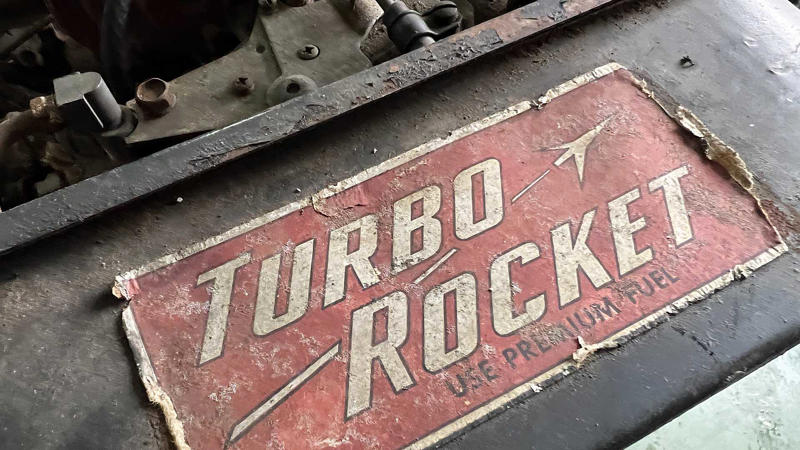
Bring A Trailer
While it was an interesting concept with promising results, the turbocharged engine was simply ahead of its time, in the sense that neither buyers nor auto manufacturers were completely versed in such technology. This hindrance revealed itself when buyers began bringing their Jetfires back to the dealership with complaints of power loss. And while not the final nail in the coffin for the first turbocharged muscle car, it was a significant one.
The World Wasn't Ready For Turbo Tech
Turbochargers are susceptible to intense heat during operation from the exhaust gas that propels them, as well as being prone to detonation, or pinging, due to carbon buildup. In order to combat these chinks in the turbocharger's armor, Oldsmobile implemented an additional fluid-injection system that injected "Turbo-Rocket Fluid" (a mixture of distilled water, methyl alcohol, and rust inhibitor) in with the air-fuel mixture. This fluid helped keep the temperature inside the combustion chambers down, or at least it would have, had buyers remembered to keep the reservoir full.
When the Turbo-Rocket Fuel ran dry and internal heat went up, a throttle-body valve would close to prevent full-power acceleration. While a thoughtful safety measure to preserve the engine's integrity, it was an added step that buyers simply weren't familiar with, and honestly didn't care for. In short, the Jetfire required a fuel additive to run at full power.
Other Issues Presented Themselves Shortly After
One of the most noticeable drawbacks, besides the loss of power when the Turbo-Rocket Fuel ran dry, was the handling and road manners of the Jetfire. You'd think that with a focus on increasing power and performance, Oldsmobile would have an upgraded chassis and handling system in place, but you'd be wrong. There were no significant changes made from the Cutlass' chassis, which meant the Jetfire, while breathing fire under the hood, rode like your granddad's commuter. This particularly hurt the Jetfire in road tests, with Car And Driver and MotorTrend noting its sluggish steering response, lack of precision, and soft, non-sporty suspension - all factors you don't want in a sports car with a juiced-up engine.

3/4 front view of 1969 Dodge Hemi Charger 500
10 Classic American Muscle Cars That Still Dominate Auctions
Some classic muscle cars are cooling off price-wise, but these icons are still scorching the auction block.
The End Of The Jetfire, And Its Modern-Day Legacy
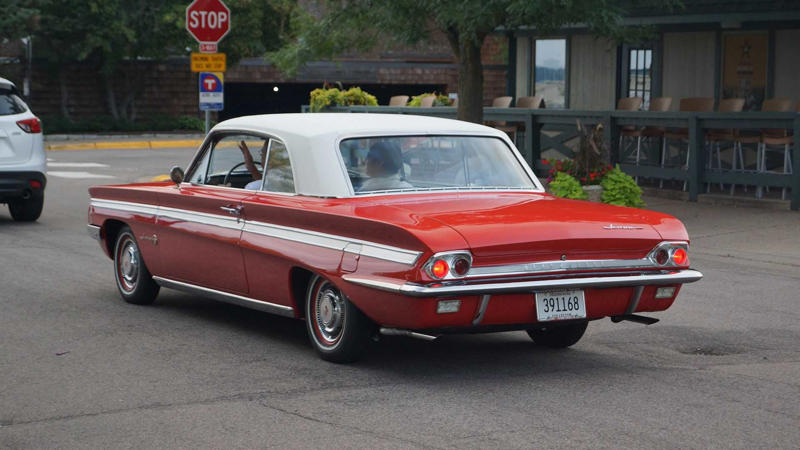
Wikimedia Commons/Greg Gjerdingen
The Oldsmobile Jetfire only ran for two production years (1962 and 1963), with the final sales sitting at 3,765 units in the first year, and 5,842 in the final year. The following year saw the debut of a much more notable model with massive buyer appeal, the 442, which helped elevate Olds at the start of the American muscle car wave. The Jetfire wasn't completely absent from the conversation, though its mentioning in future discussions would be on a sour note. In 1965, General Motors offered to convert the turbocharged 215 cid V-8s into four-barrel carbureted versions with traditional intake and exhaust systems at no cost, lowering the number of turbo Jetfire models on the road even more.
The American turbo trend was officially sidelined by the mid-1960s, though it would see a triumphant return to the mainstream only a few decades later, with turbocharging hitting a full stride at the start of the 1990s. That said, there would be no mention of the Jetfire or its place in the now-widespread fad. Regardless, its rarity and historical significance have been somewhat rediscovered in the modern age, and have led to the remaining models often being hot tickets at auction. Even so, without the acclaim and notoriety next to classic models like the Dodge Charger, Ford Mustang, Pontiac GTO, and Chevy Corvette, it can be had for a relative "bargain" considering its historical significance - especially if it isn't in pristine condition.
Used Oldsmobile Jetfire Market
According to Hagerty, a 1962 Jetfire in "Good" condition goes for around $23,300 on average. J.D. Power places its average retail price at $26,300, with the low retail sitting at less than $10,000. Compared to its peers from the same era, it's no doubt a bargain. That said, expect to pay upwards of $48,600 for a pristine original example. And even then, it still runs about half the price of an Olds Cutlass 442 or Pontiac GTO in similar condition.































